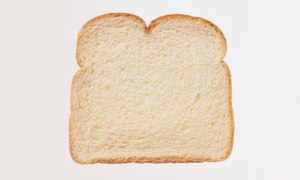Low Glycemic Eating
by
The glycemic load of a food = a food’s glycemic index (GI) – a measure of how much the carbohydrate in that food causes a person’s blood sugar to rise + the actual amount of carbohydrate in a typical serving of the food. Researchers assign glycemic load numbers only to foods that contain carbohydrates.
Carbs are the preferred fuel of the body. Type of carb you eat will determine if you LOSE weight or if you GAIN weight. Low glycemic impact on blood sugar levels creates sustained energy and mental clarity. Low GI foods will keep your blood sugar levels in constant fat burning mode, instead of fat storing mode.
Examples of low GI foods: veggies, lean protein, some nuts, legumes and many fruits.
Example: An apple ( low GI) contains lots of carbs and fiber but the carbs are bound up in the fiber causing it to breakdown more slowly over time, which does not cause a release of insulin.
low GI) contains lots of carbs and fiber but the carbs are bound up in the fiber causing it to breakdown more slowly over time, which does not cause a release of insulin.
High Glycemic Index foods convert into blood sugar very rapidly like a candy bar or anything with refined white sugar. Here there is no fiber (to keep you full) or nutrients (to keep you healthy). Instead of escorting the blood glucose into the muscle, your body stores it as fat.
Picture this:
Pour a cup of water over a head of broccoli and a piece of bread. Which dissolves quicker?
This visual shows how fast high GI foods are dissolved and released into the blood stream, quickly raising blood sugar levels.
The equation
To get the GL of a food, you multiply the grams of carbohydrate in a serving by the glycemic index and divide by 100. A glycemic load of 10 or under is considered low.
Eating foods that are low glycemic not only aids in maintaining/losing weight, but improves heart health, triglycerides, cholesterol, and inflammation.




